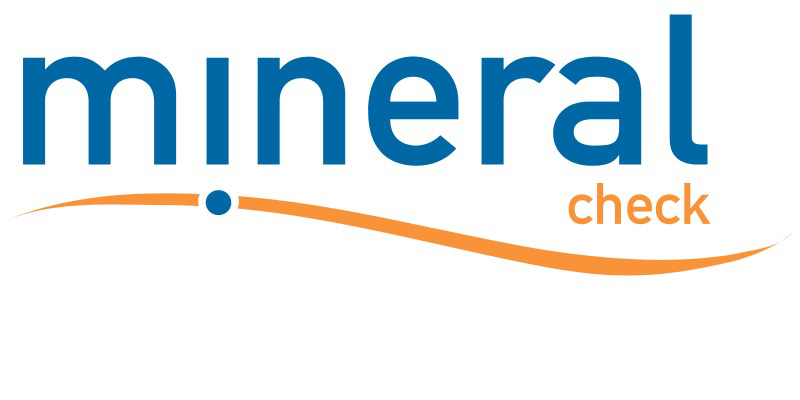
Review of Hair Mineral Analysis Testing Practitioner Training by Mineral Check
Published to Latest News on Jul 22, 2025
The course consists of 10 hour (ish!) online sessions with slides. There is opportunity for questions in the chat, and Karen always makes time to go through and answers them. Several bonus sessions are provided, including a webinar with Dr David Watts, laboratory director, whose research is around mineral imbalances, their impact on various health conditions, and the use of HTMA to assess nutritional status and imbalances. Several handouts are provided and there is a Facebook group for participants.
The lessons begin with the basics of an HTMA overview and understanding the HTMA ratios, which is what is important in a test result. For example, magnesium levels could be within the acceptable range, but if the ratio of calcium to magnesium is high then this indicates there may be a problem with, for example, blood sugar or vitamin D levels. There is a session on metabolic typing, where it is explained that everyone is either a fast (sympathetic dominant) or slow (parasympathetic dominant) metaboliser (identified by the calcium/phosphorous ratio), and there are common health issues associated with each type. One session is devoted to ‘The First Six’, calcium, magnesium, sodium, potassium, zinc and copper, and experience has shown that balancing the relevant ratios with these six is the foundation of solving problems and moving towards better health. Further sessions look at the other minerals, e.g. phosphorous and selenium, and toxic elements such as mercury and aluminium. Again, it is the ratios with certain minerals that are the focus of the test results, and which nutrients are needed to balance these ratios. The session focussing on the nutrition-endocrine relationship links back to metabolic typing and patterns of mineral retention or excretion and ratios, depending on what that type is. This session also looks at iodine. One session covers children, Covid and vitamin D. Finally, there is a session where Karen takes us through some case studies so we can see the application of what we have learned on real cases. Following requests from participants, Karen developed a bonus session on supplements and presented it at the end of the 10 sessions.
Participants are encouraged to work on their own clients’ HTMAs during the course. Each test has 2 reports sent back to the practitioner, one for the client and one for the practitioner. The report is clear and easy to understand and recommends dietary changes and supplements to help bring ratios back into the ideal range.
Karen is incredibly knowledgeable and presents this sometimes complex seeming subject in an easily understandable way. Throughout she demonstrates her expertise on nutrient co-factors and the importance of good digestion! Probably like most of you I did learn about HTMA while studying Nutritional Therapy, but this course has demystified the theory behind it and the practicalities of using it.
HTMA is a useful and reasonably priced diagnostic tool, and this course has improved my understanding and confidence to use it more in my practice. I would very much recommend this course if you are thinking of using HTMA yourself.
Annabel Caulfield
